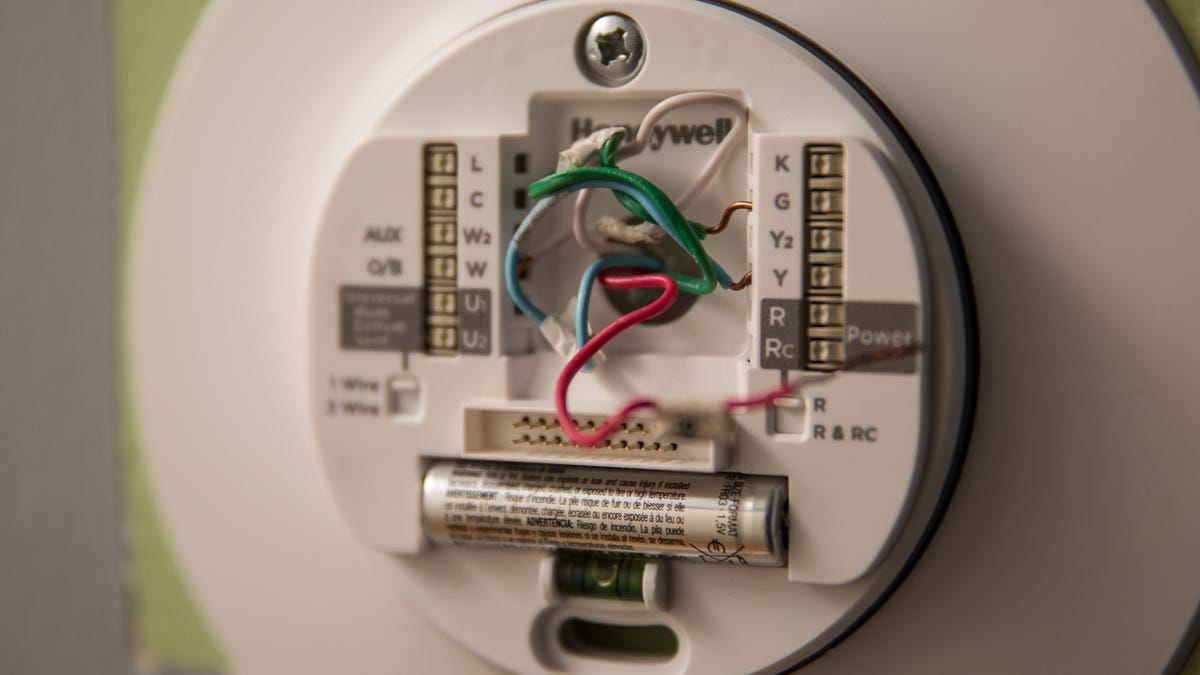

Articles
What Is Common Wire In HVAC
Modified: December 7, 2023
Discover the importance and functions of a common wire in HVAC systems with our informative articles. Learn how it contributes to efficient heating and cooling.
(Many of the links in this article redirect to a specific reviewed product. Your purchase of these products through affiliate links helps to generate commission for Storables.com, at no extra cost. Learn more)
Introduction
When it comes to HVAC systems, there are various components that work together to provide heating, ventilation, and air conditioning. One crucial element in HVAC systems is the common wire. The common wire, also known as the C-wire or the common terminal, plays an essential role in ensuring the proper functioning of the system.
In this article, we will explore the significance of the common wire in HVAC systems. We will discuss its definition, purpose, how it works, its compatibility with different HVAC systems, and the benefits and common issues associated with its installation. Additionally, we will provide troubleshooting tips to help you address common wire problems effectively.
Understanding the common wire is important for homeowners, HVAC professionals, and anyone looking to optimize their HVAC system for maximum efficiency. So, let’s delve into the world of the common wire and unravel its mysteries.
Key Takeaways:
- The common wire, also known as the C-wire, is essential for stabilizing power supply, enabling advanced thermostat features, and ensuring accurate temperature control in HVAC systems. Its installation offers numerous benefits for optimal system performance.
- Understanding common wire compatibility, troubleshooting installation issues, and addressing common wire problems are crucial for maximizing the efficiency and functionality of HVAC systems. Seeking professional assistance when needed is advisable for a successful installation and maintenance.
Definition of Common Wire
The common wire, also referred to as the C-wire or common terminal, is a low voltage wire in HVAC systems that completes the electrical circuit and provides a continuous flow of power to the thermostat. It is typically connected to the common terminal at both the HVAC unit and the thermostat.
The common wire is essential because it serves as a return path for electrical current, completing the circuit between the power source and the various components of the HVAC system. Without a common wire, the system may experience power fluctuations or fail to function properly.
The common wire is labeled “C” and is usually color-coded in blue or black. However, it is important to note that not all HVAC systems require a common wire. Some older systems may be designed to operate without one, while newer systems and high-tech thermostats often necessitate its presence.
It is crucial to check the specifications of your HVAC system and thermostat to determine if a common wire is required for proper functioning. If your system does require a common wire and it is not installed, you may experience issues such as intermittent operation, inaccurate temperature readings, or problems with the thermostat’s display.
Purpose of Common Wire in HVAC Systems
The common wire in HVAC systems serves several important purposes to ensure the smooth operation and control of the heating, ventilation, and air conditioning system. Let’s explore its key functions below:
- Power Supply: One of the primary purposes of the common wire is to provide a continuous flow of power to the thermostat. It acts as a return path for electrical current, completing the circuit and ensuring a stable power supply to the thermostat. This allows the thermostat to function properly and communicate with the HVAC system for accurate temperature control.
- Eliminating Power Shortage: In systems without a common wire, power is often supplied through batteries or a power-stealing mechanism from other wires. This can lead to power shortages and inconsistent performance of the thermostat. By connecting the common wire, the system has a dedicated power source, preventing any power shortage issues.
- Stabilizing Voltage: The presence of a common wire helps to stabilize the voltage in the HVAC system. It provides a steady flow of power, preventing voltage fluctuations that could affect the performance of the thermostat and other electrical components. This stability ensures accurate temperature readings and efficient operation of the HVAC system.
- Supporting Advanced Thermostat Features: Many modern thermostats come equipped with advanced features like Wi-Fi connectivity, touchscreens, and programmable settings. These features require a constant power supply, which is facilitated by the common wire. Without it, these features may be disabled or operate erratically.
- Enabling Compatibility: The presence of a common wire enhances compatibility between the thermostat and HVAC system. It allows for the seamless integration and communication between the two, ensuring that the thermostat can control the HVAC system effectively. This compatibility is especially important when upgrading to a newer thermostat model that requires a common wire.
In summary, the common wire plays a vital role in ensuring a stable power supply, stabilizing voltage, supporting advanced thermostat features, and enabling compatibility between the thermostat and HVAC system. It is an essential component that contributes to the overall functionality and efficiency of the HVAC system.
How Common Wire Works
The common wire in HVAC systems works by completing the electrical circuit necessary for the proper functioning of the thermostat and the HVAC system as a whole. Let’s take a closer look at how the common wire operates:
1. Circuit Completion: The common wire serves as a return path for electrical current. It connects the common terminal on the thermostat to the common terminal on the HVAC unit. This completes the circuit, allowing electrical current to flow continuously through the system.
2. Power Supply: The common wire provides a dedicated power source for the thermostat. It ensures that the thermostat receives a consistent and reliable flow of power, allowing it to operate accurately and control the HVAC system effectively.
3. Communication: The common wire enables communication between the thermostat and the HVAC system. The thermostat uses the common wire, along with other signal wires, to send and receive signals to control the heating, cooling, and fan functions of the HVAC system. This communication allows the thermostat to accurately read the temperature and send commands to the HVAC system accordingly.
4. Voltage Stabilization: The presence of a common wire helps to stabilize the voltage in the HVAC system. It ensures a consistent supply of power, preventing voltage fluctuations that could interfere with the functioning of the thermostat and other electrical components. This voltage stabilization contributes to the accuracy and reliability of temperature control.
5. Compatibility: The common wire allows for compatibility with different HVAC systems and thermostat models. It provides the necessary electrical connection required for the thermostat and HVAC system to work together seamlessly. Without a common wire, certain thermostat features may be disabled, or the system may not function properly.
Overall, the common wire is a vital component that ensures the proper operation and communication between the thermostat and the HVAC system. Its function in completing the circuit, providing a power supply, enabling communication, stabilizing voltage, and ensuring compatibility makes it an essential element in HVAC systems.
Compatibility of Common Wire with Different HVAC Systems
The compatibility of the common wire, also known as the C-wire, can vary depending on the type and model of the HVAC system. Let’s explore the compatibility of the common wire with different HVAC systems:
- Traditional Systems: Many older HVAC systems do not require a common wire for operation. These systems often use simpler thermostats that draw power from the heating or cooling equipment itself. In such cases, the absence of a common wire does not affect the system’s functionality.
- Newer Systems: Modern HVAC systems, especially those with high-tech features, often require a common wire for optimal performance. This is particularly true for systems with smart thermostats, as these advanced devices require a continuous power supply. If your HVAC system is relatively new or if you have recently upgraded to a smart thermostat, it is likely that a common wire is necessary for compatibility.
- Heat Pump Systems: Heat pump systems, which provide both heating and cooling, may require a common wire for proper operation. Heat pumps use more complex controls and require constant power to switch between heating and cooling modes. Therefore, a common wire is often recommended for heat pump systems to ensure compatibility and to prevent any potential issues.
- Zoned Systems: Zoned HVAC systems, which allow for different temperature zones within a home, can vary in terms of common wire compatibility. Some zoned systems may require a common wire to power the individual thermostats in each zone, while others may use specialized wiring configurations. It is best to consult the manufacturer’s guidelines or an HVAC professional to determine the specific requirements for common wire usage in zoned systems.
It is important to note that while many HVAC systems benefit from the installation of a common wire, it may not be feasible or necessary for every system. If you are unsure about the compatibility of your HVAC system with a common wire, it is recommended to consult an HVAC professional who can assess your system and provide appropriate guidance.
In summary, the compatibility of the common wire can differ based on the type of HVAC system. Traditional systems may not require a common wire, while newer systems, heat pump systems, and zoned systems may benefit from its installation for optimal performance and compatibility.
The common wire in HVAC systems, also known as the C-wire, is an essential component for providing continuous power to the thermostat. It is important to ensure that your HVAC system has a C-wire to avoid potential issues with thermostat operation.
Read more: What Is Common Brick
Benefits of Installing a Common Wire
Installing a common wire, also known as a C-wire, in your HVAC system offers several benefits that can improve the functionality and efficiency of your heating, ventilation, and air conditioning system. Let’s explore some of the key advantages of installing a common wire:
- Stable Power Supply: The common wire provides a dedicated power source for the thermostat, ensuring a stable and continuous flow of power. This helps to eliminate power fluctuations and voltage drops, allowing your thermostat to operate consistently and accurately.
- Enhanced Compatibility: With a common wire installed, your HVAC system becomes more compatible with a wider range of thermostats, especially newer models with advanced features. This compatibility allows you to take full advantage of the capabilities of your thermostat and ensure seamless communication and control between the thermostat and the HVAC system.
- Support for Advanced Features: Many modern thermostats come equipped with advanced features like Wi-Fi connectivity, smart home integration, and programmable settings. These features require a constant power supply, which is facilitated by the common wire. By installing a common wire, you enable these advanced features, allowing for greater control and convenience in managing your HVAC system.
- Accurate Temperature Control: The presence of a common wire improves the accuracy of temperature readings and precise control of your HVAC system. With a stable power supply, your thermostat can accurately sense the temperature in your home and send the appropriate signals to the HVAC system, resulting in more consistent and comfortable indoor conditions.
- Power for Display and Memory: Certain thermostats rely on battery power or power stealing mechanisms to operate their displays and maintain their memory settings. These batteries can run out, leading to issues with the thermostat’s functionality and memory retention. By installing a common wire, you eliminate the need for batteries and ensure uninterrupted power supply for the display and memory functions of your thermostat.
- Prevention of Common Wire Compatibility Issues: Certain thermostat models and HVAC systems require a common wire for proper operation. Failure to install a common wire in such cases can result in compatibility issues, including intermittent operation, improper temperature readings, or non-functioning features. By proactively installing a common wire, you eliminate these compatibility issues and ensure the smooth operation of your HVAC system.
In summary, installing a common wire in your HVAC system provides numerous benefits, including a stable power supply, enhanced compatibility with a wide range of thermostats, support for advanced features, accurate temperature control, uninterrupted power for the display and memory functions of your thermostat, and prevention of compatibility issues. Consult with an HVAC professional to determine if your system would benefit from the installation of a common wire.
Common Issues with Common Wire Installation
While installing a common wire in your HVAC system can offer numerous benefits, it is important to be aware of potential issues that may arise during the installation process. Understanding these common issues can help you address them promptly and ensure a successful installation. Let’s explore some common issues with common wire installation:
- Lack of Existing Common Wire: In some cases, the HVAC system may not have an existing common wire. This requires running a new wire or using alternative methods, such as utilizing an unused wire as a common wire. It is important to have a clear understanding of the wiring setup in your HVAC system to ensure an appropriate solution for the lack of a common wire.
- Incompatible HVAC System: Certain older HVAC systems may not be compatible with a common wire. In such cases, installing a common wire may require significant modifications to the system’s wiring or upgrading to a compatible HVAC system. It is essential to consult an HVAC professional to assess the compatibility of your system and determine the best course of action.
- Insufficient Wiring Knowledge: Properly installing a common wire requires a good understanding of HVAC system wiring. Individuals without experience or knowledge in this area may face challenges when identifying the wiring connections or making the necessary connections. It is recommended to seek assistance from a qualified professional to ensure a correct and safe installation.
- Incorrect Wiring Connections: Making incorrect wiring connections during the common wire installation can result in various issues, such as improper function of the HVAC system, intermittent operation, or damage to the thermostat. Care must be taken to correctly identify the terminals and connect the common wire to the appropriate terminals at both the HVAC unit and the thermostat.
- Compatibility with the Thermostat: Some thermostat models may require specific wiring configurations or have limitations on the use of a common wire. Therefore, it is important to consult the thermostat manufacturer’s guidelines or seek professional advice to ensure that the common wire installation is compatible with your specific thermostat model.
- Equipment Damage: Mishandling or improper installation of the common wire can potentially damage the HVAC system or the thermostat. It is crucial to exercise caution and follow the manufacturer’s instructions and wiring guidelines to prevent any equipment damage during the installation process.
Overall, being aware of these common issues can help you avoid potential pitfalls and ensure a smooth and successful common wire installation. When in doubt, it is always recommended to seek the guidance of a knowledgeable HVAC professional to ensure a proper and hassle-free installation.
Troubleshooting Common Wire Problems
While installing a common wire can improve the functionality of your HVAC system, there may be instances where you encounter problems. Troubleshooting these common wire problems can help identify and resolve issues effectively. Here are some troubleshooting steps to address common wire problems:
- Check for Proper Connection: Ensure that the common wire is properly connected to the common terminal at both the HVAC unit and the thermostat. Verify that the wire is securely attached and that there are no loose connections.
- Verify Power Supply: Check if the common wire is receiving a steady power supply from the HVAC system. Use a multimeter to measure the voltage between the common wire and the ground wire to ensure the proper power supply.
- Inspect for Damaged Wiring: Examine the common wire for any signs of damage, such as cuts, frayed ends, or exposure. Damaged wires can cause disruptions in the electrical circuit and may need to be repaired or replaced.
- Confirm Compatibility: If you have recently installed or upgraded your thermostat, ensure that it is compatible with a common wire. Consult the thermostat manufacturer’s documentation or seek professional advice to verify compatibility and determine any specific wiring requirements.
- Reset Thermostat: Perform a reset on your thermostat by removing it from its power source (typically by removing the batteries or turning off the circuit breaker) and reconnecting it after a few minutes. This can help resolve any temporary issues or glitches with the thermostat’s operation.
- Ensure Proper Wiring Configuration: Double-check that the common wire is correctly connected to the common terminal and that other wires are connected to their respective terminals as per the wiring diagram provided by the HVAC system or thermostat manufacturer.
- Seek Professional Assistance: If you are unable to diagnose or resolve the common wire problem, it is advisable to seek help from a qualified HVAC technician. They have the expertise and tools necessary to identify and fix more complex issues with the common wire or the HVAC system.
Remember, troubleshooting common wire problems requires careful attention to detail and, in some cases, electrical knowledge. If you are uncomfortable or unsure about any step, it is recommended to consult a professional to avoid any potential damage to the system or risk of injury.
By following these troubleshooting steps, you can identify and resolve common wire problems effectively, ensuring the optimal performance and functionality of your HVAC system.
Conclusion
The common wire, also known as the C-wire, plays a crucial role in HVAC systems. It provides a stable power supply, enables communication between the thermostat and the HVAC system, and ensures compatibility with advanced thermostat features. Installing a common wire offers several benefits, including accurate temperature control, enhanced compatibility, and support for advanced features.
While common wire installation can provide numerous advantages, it is important to be aware of common issues that may arise during the process. These issues, such as lack of an existing common wire or incorrect wiring connections, can be resolved with proper knowledge and troubleshooting techniques. Seeking the assistance of an HVAC professional is recommended to ensure a successful installation and prevent potential damage to the system.
To troubleshoot common wire problems, it is important to verify proper connections, check for power supply, inspect for damaged wiring, and confirm compatibility with your thermostat. If needed, performing a reset on your thermostat or seeking professional assistance can help resolve more complex issues.
In conclusion, the common wire is a vital component in HVAC systems, providing a stable power supply, enhancing compatibility, and supporting advanced thermostat features. By understanding its significance, addressing common installation issues, and troubleshooting problems effectively, you can ensure the optimal performance and efficiency of your HVAC system for a comfortable indoor environment.
Frequently Asked Questions about What Is Common Wire In HVAC
Was this page helpful?
At Storables.com, we guarantee accurate and reliable information. Our content, validated by Expert Board Contributors, is crafted following stringent Editorial Policies. We're committed to providing you with well-researched, expert-backed insights for all your informational needs.




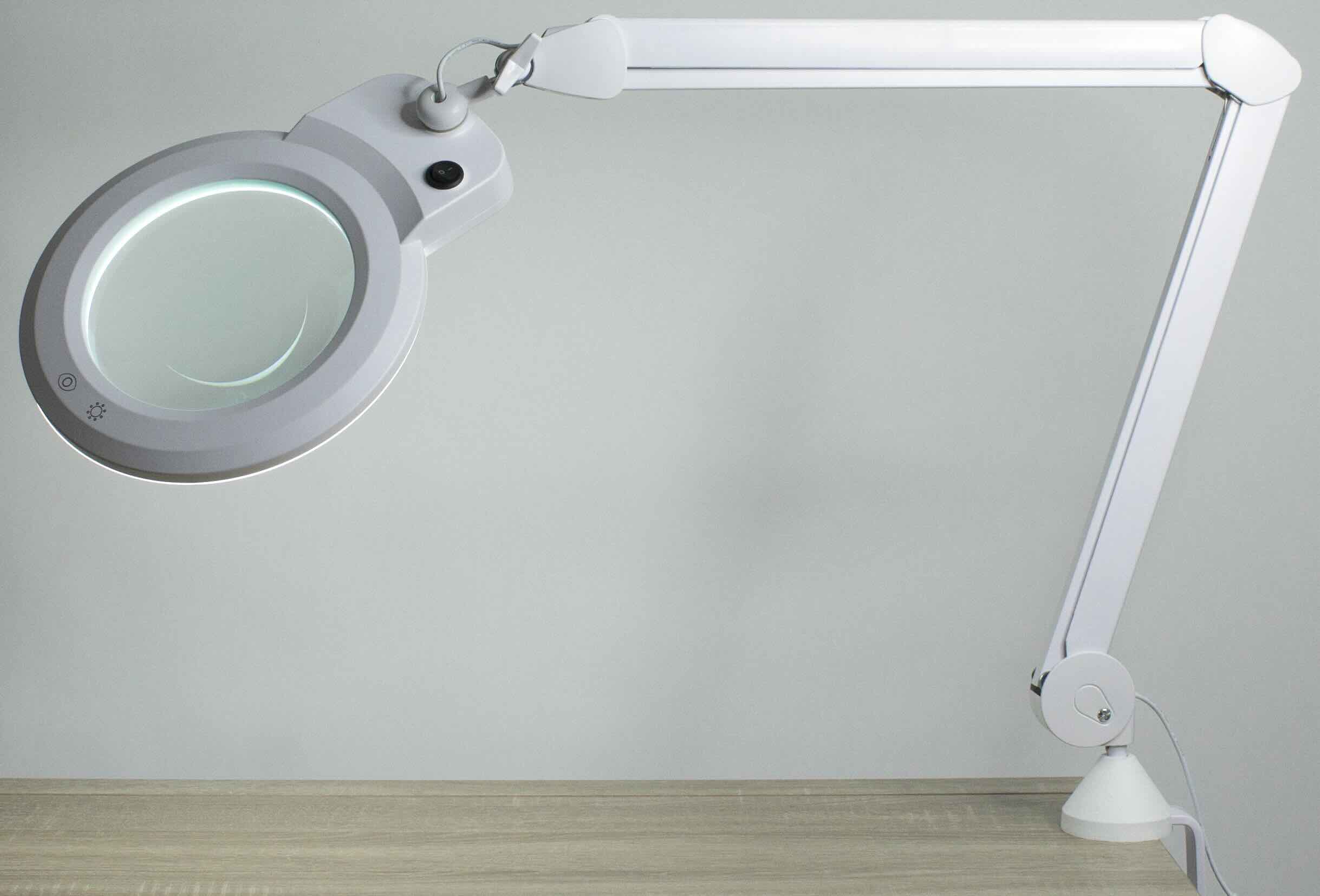


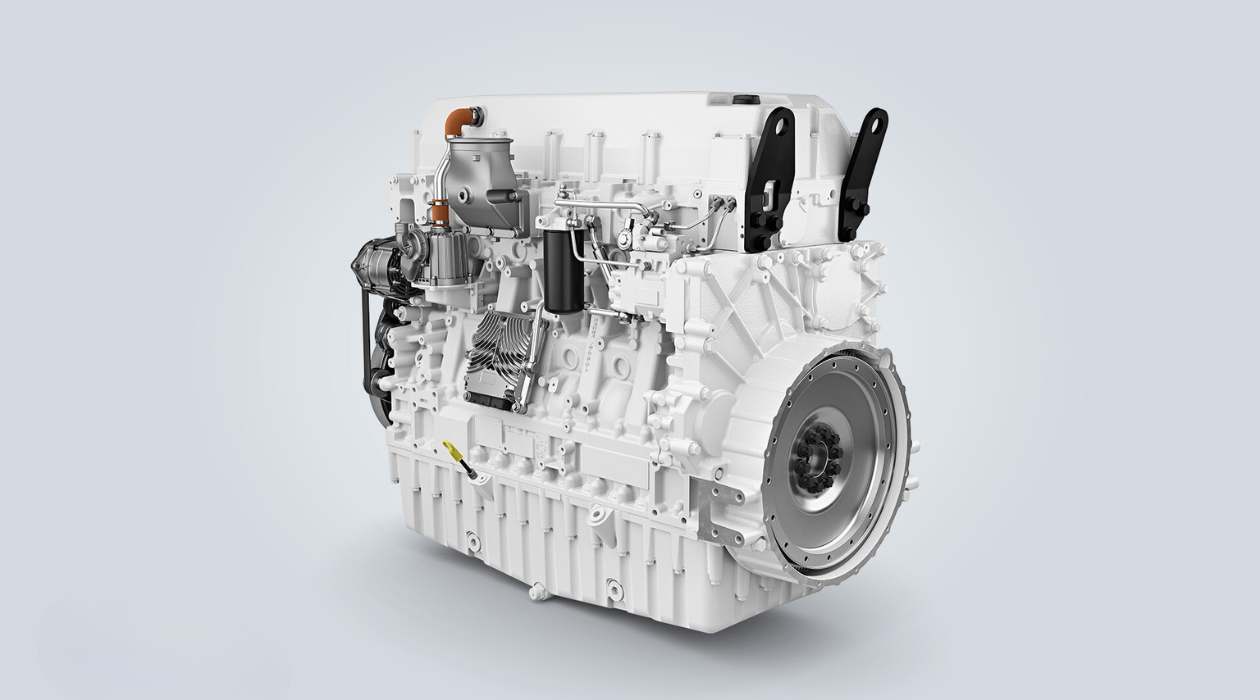


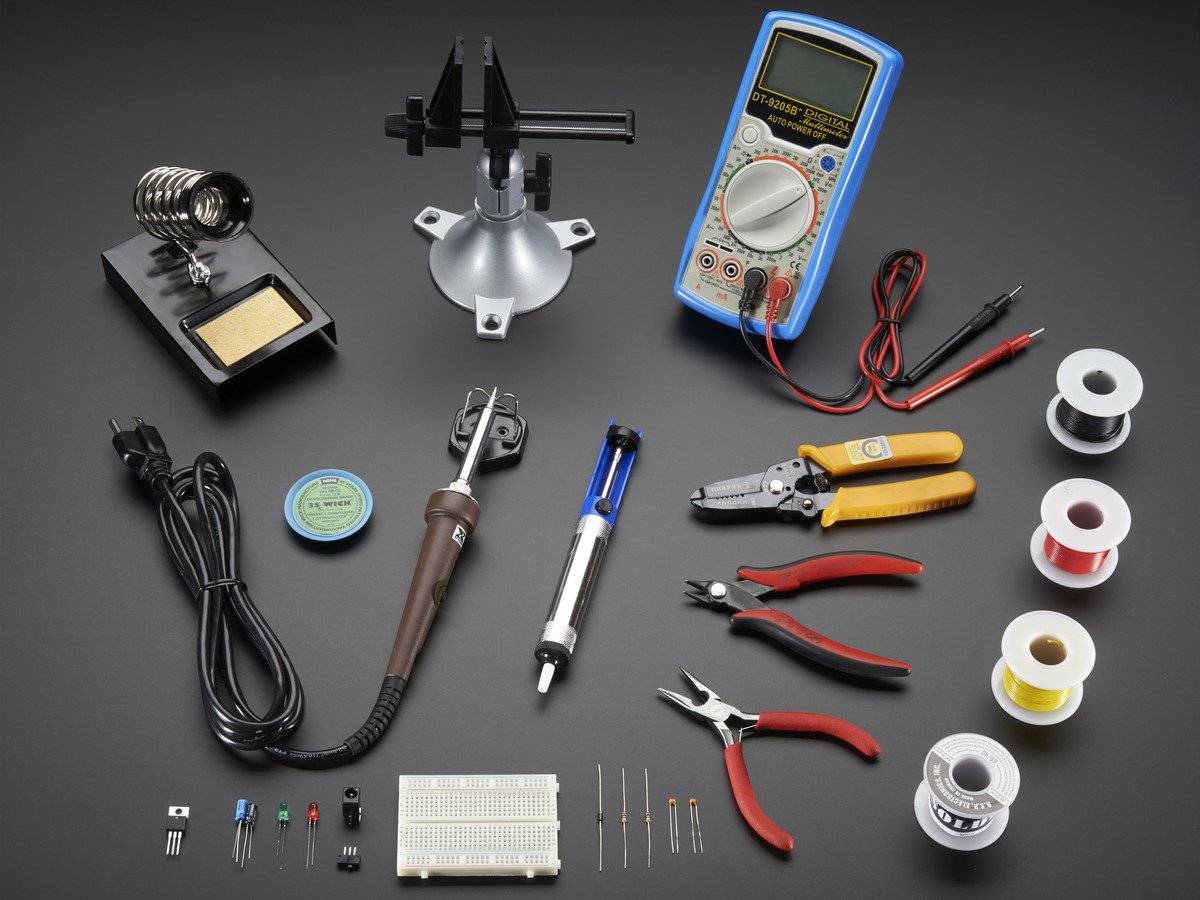
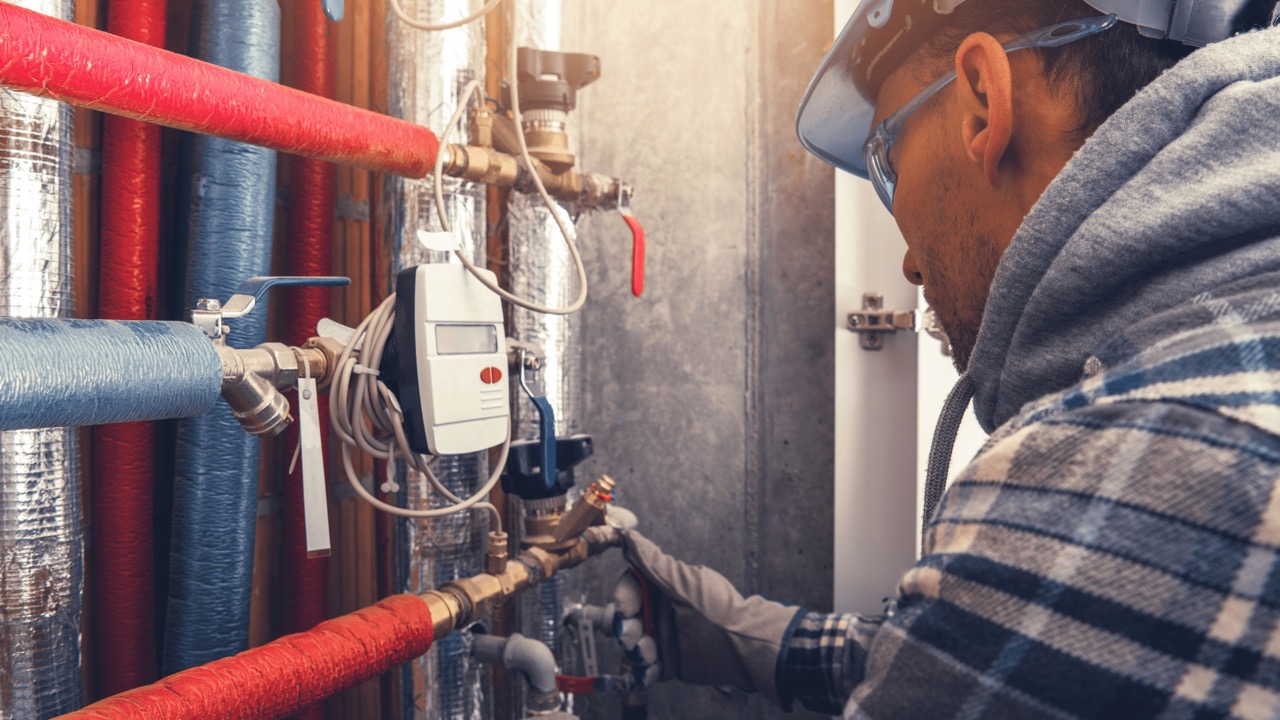
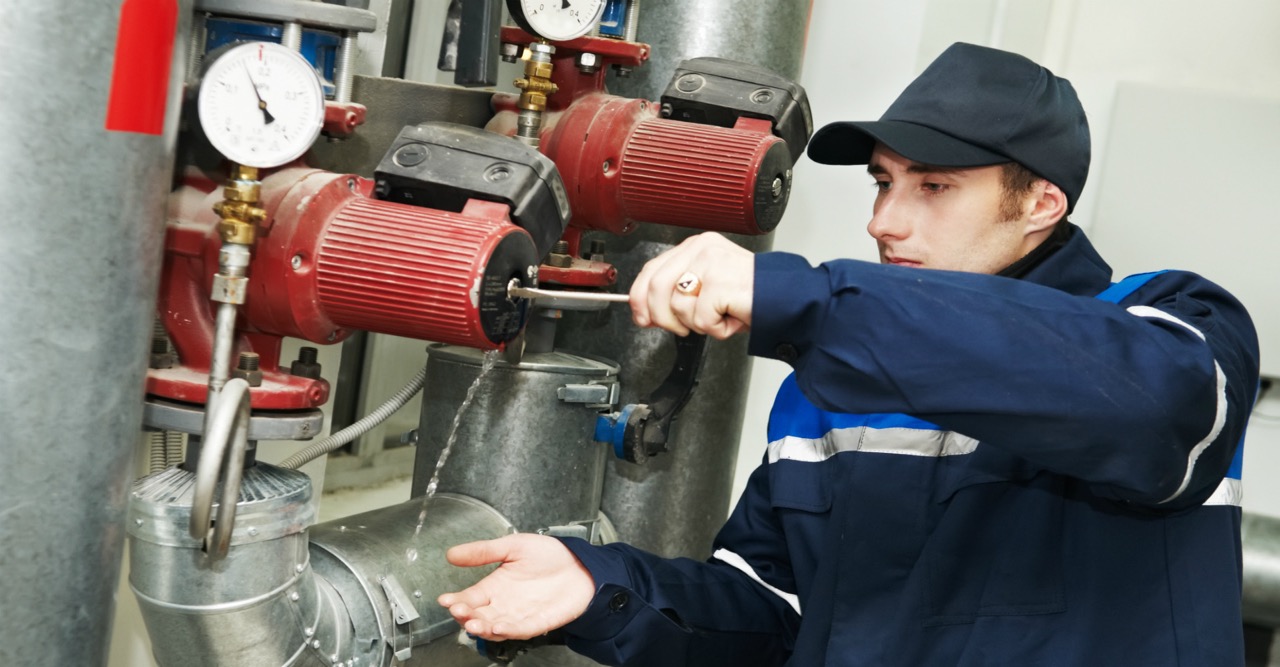
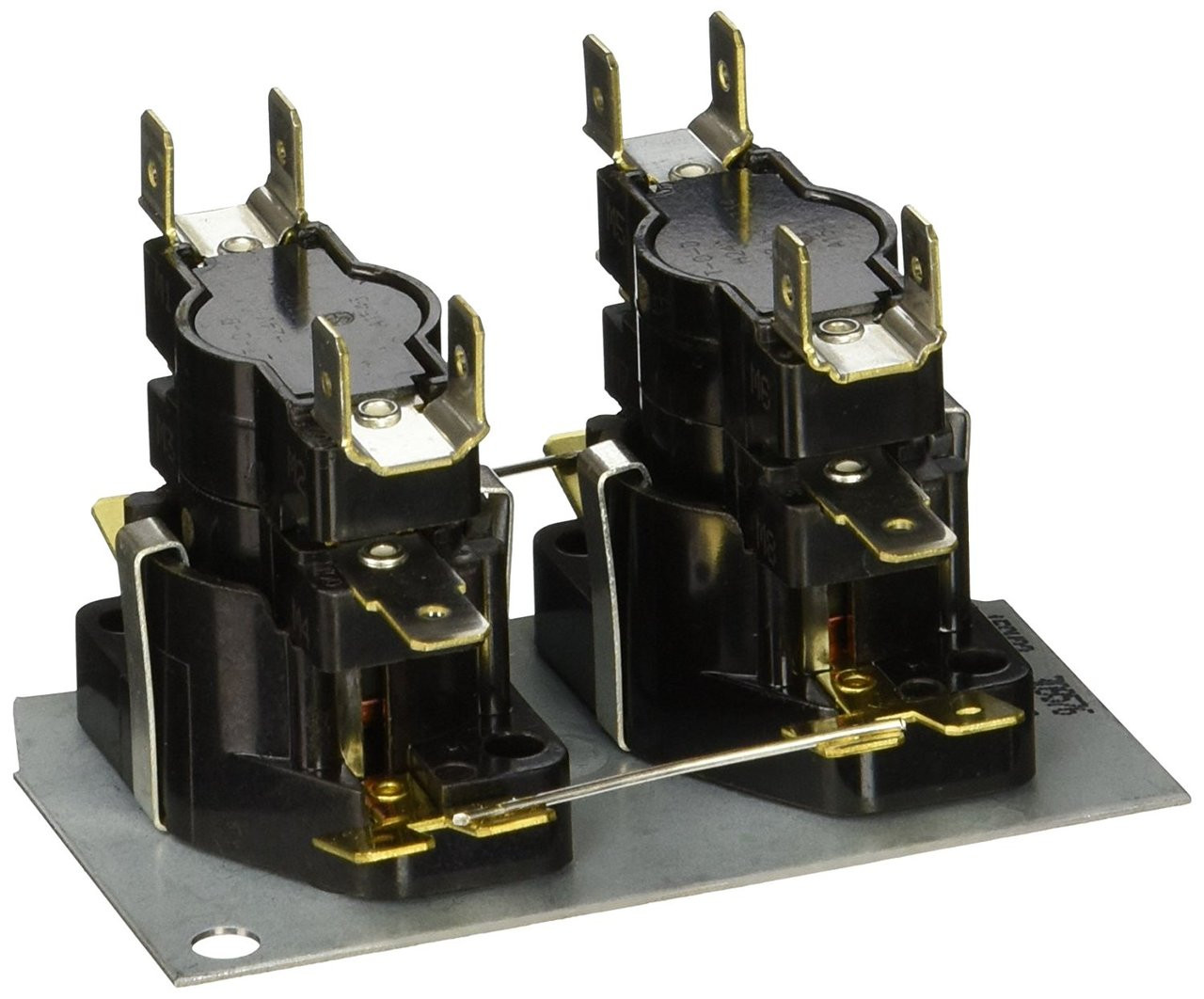

0 thoughts on “What Is Common Wire In HVAC”